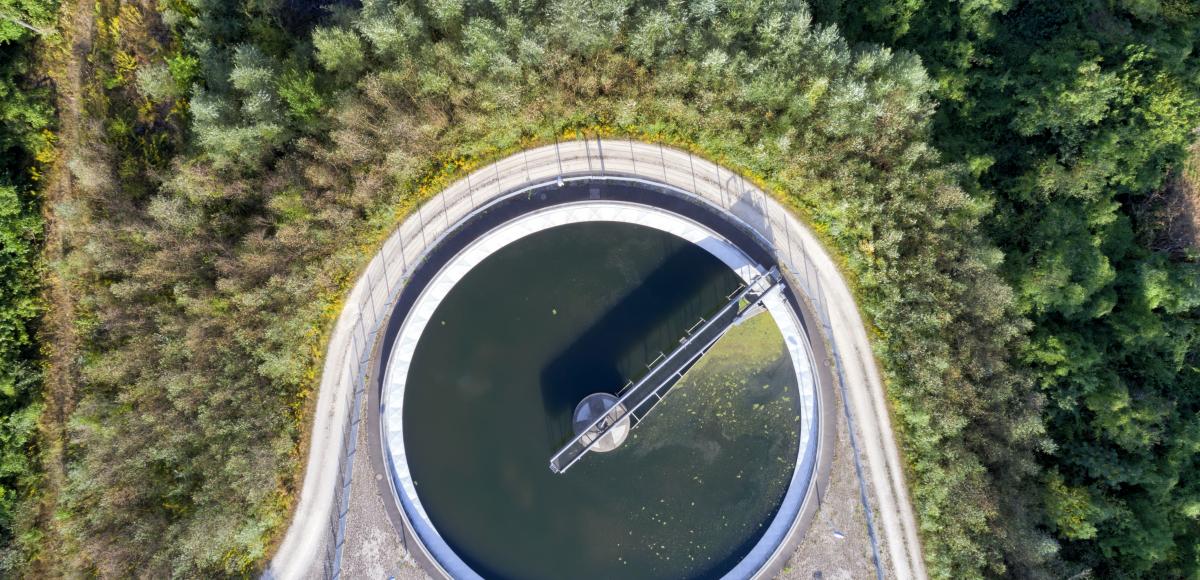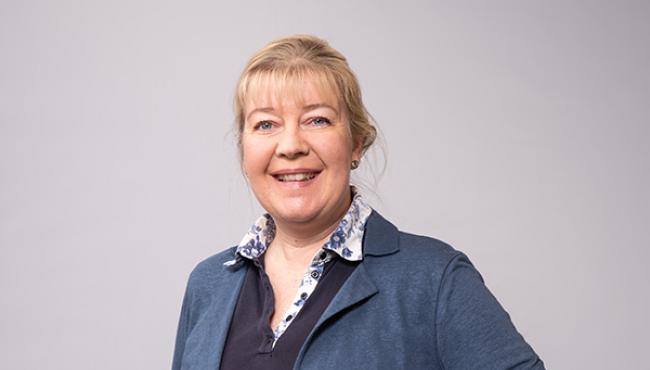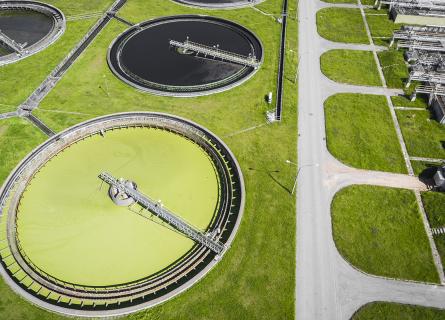
Dynamic modeling of wastewater treatment plants
Basics and terminology
Dynamic process model is an advanced calculation tool, in which flowrates and quality of wastewater and operational settings of the treatment process are used as inputs. As outputs, the model calculates e.g. effluent wastewater quality parameters and the structure of activated sludge on eg. minutely, hourly or daily basis. With a dynamic process model, it is possible to take into account the microbial activity of activated sludge and process-internal interactions more precisely and extensively than with traditional design tools. Essentially, a model makes it possible to simulate plant operation, continuously and simultaneously calculating all major phenomena occurring in the process.
Dynamic simulation means that the calculations are performed as integration over time, not algebrally on one moment as e.g. in a spreadsheet program. Thus, circumstances and operational settings changing over time can be taken into account in the calculations (e.g. monthly, daily or hourly profiles of temperature, flowrate and wastewater quality).
Application and benefits to water utility
- Cost savings
- Determine the actual capacity of existing units
- Making the most out of existing facilities before efficient expansion à postpone and reduce investments
- Optimize energy and chemical consumption
- Testing of options fast, without disrupting the process
- Operation in different conditions (summer, winter…)
- New process control and automation strategies
- Options for expansion and upgrading
- Process knowledge
- Generate new information on the process and wastewater
- Systematic exploitation of automation and laboratory data
Benefits to the water utility are created already during model construction – an established fact, which has been proven in many real-life cases. During a modelling project the unit processes, wastewater and sludge are studied and analysed in a different way than during everyday operation. New information and understanding of the process and the wastewater are created, and many operational questions – e.g. balancing of biological nitrogen and phosphorus removal – are better understood. The data produced by the plant’s SCADA system is exploited systematically and efficiently, and the excellence and skills of process engineers are enhanced. The process model is also an excellent tool for training the plant’s process engineers – present employees as well as future recruits.
References
AFRY has successfully used dynamic WWTP modelling in at least 13 client projects in Finland, Estonia and Colombia.
Related topic
Read more about process simulation and modelling for the industry sector.




